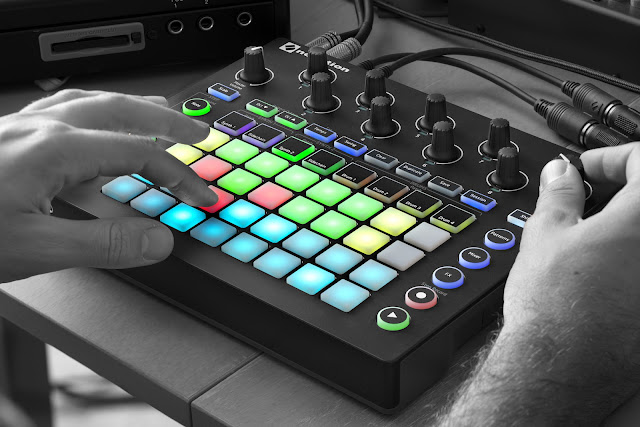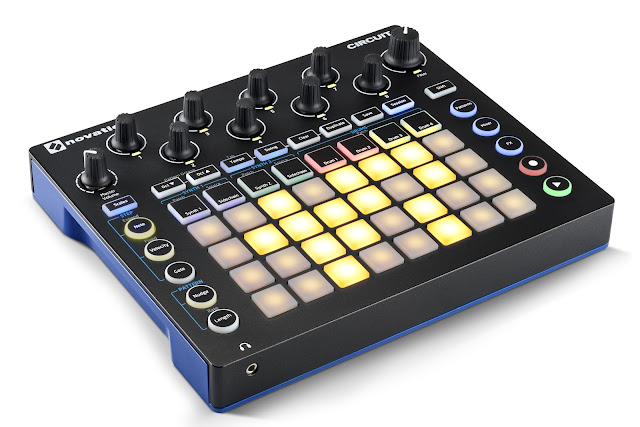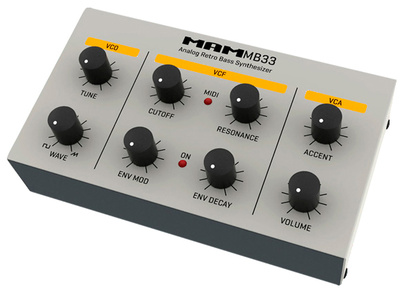Published on Oct 1, 2015 Moog Music Inc
"Mother-32 is a distinctively vintage-voiced semi-modular analog performance and production synthesizer. It is meticulously handcrafted to inspire unique sound creation, new music and endless sonic exploration.
During the prototype phase, Moog worked with 3 unique synthesists: Erika (Interdimensional Transmissions), Max Ravitz (Ghostly International), and Bana Haffar to produce a video that explores Mother-32’s vast capabilities. Through performance and sound design, each artist displays the extensive vocabulary found within Mother-32."
"The Mother-32 is mounted in a black, laser-etched extruded aluminum enclosure and finished with traditional wood sidepieces. The 100% analog instrument features a comprehensive voltage-controlled sequencer and 32-point analog patchbay.
 Mother-32’s semi-modular design means that no patching is required to create powerful analog sound. This allows musicians of any experience level to quickly make music. Synthesists will enjoy exploring the extensive 32-point patchbay which unlocks truly expressive, unique and complex synthesis capabilities. The patchbay provides access to a wealth of sounds and functionality including an assignable CV output jack, MIDI to CV conversion, a second voltage-controlled mixer, sync, interconnectivity and expandability.
Mother-32’s semi-modular design means that no patching is required to create powerful analog sound. This allows musicians of any experience level to quickly make music. Synthesists will enjoy exploring the extensive 32-point patchbay which unlocks truly expressive, unique and complex synthesis capabilities. The patchbay provides access to a wealth of sounds and functionality including an assignable CV output jack, MIDI to CV conversion, a second voltage-controlled mixer, sync, interconnectivity and expandability. Onboard sound sources include a powerful 10-octave analog oscillator with variable pulse width, and an all-analog white noise generator. The signals from each are blended together by a voltage-controlled mixer for dynamic sound creation and manipulation. From the mixer output, sound travels through a Moog Ladder Filter with selectable low pass and high pass filter types.
Onboard sound sources include a powerful 10-octave analog oscillator with variable pulse width, and an all-analog white noise generator. The signals from each are blended together by a voltage-controlled mixer for dynamic sound creation and manipulation. From the mixer output, sound travels through a Moog Ladder Filter with selectable low pass and high pass filter types. Musical creation and programming is executed via Mother-32’s comprehensive 32-step, voltage controlled sequencer or external MIDI controller. There are two sequencing styles, allowing each user to create new musical ideas with ease and familiarity. A total of 64 patterns can be stored within Mother-32’s memory bank.
Mother-32 is an expandable analog ecosystem that allows multiple units to easily be mounted and patched together for extended synthesis capabilities."
















































































